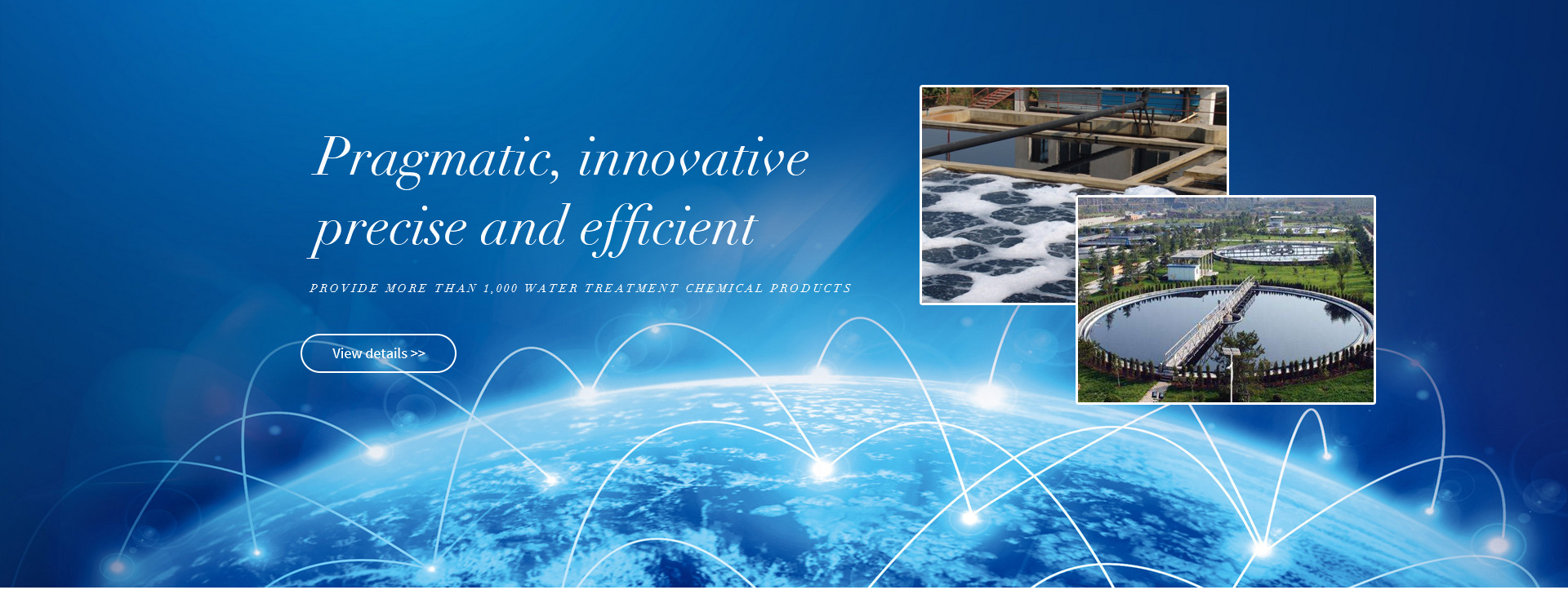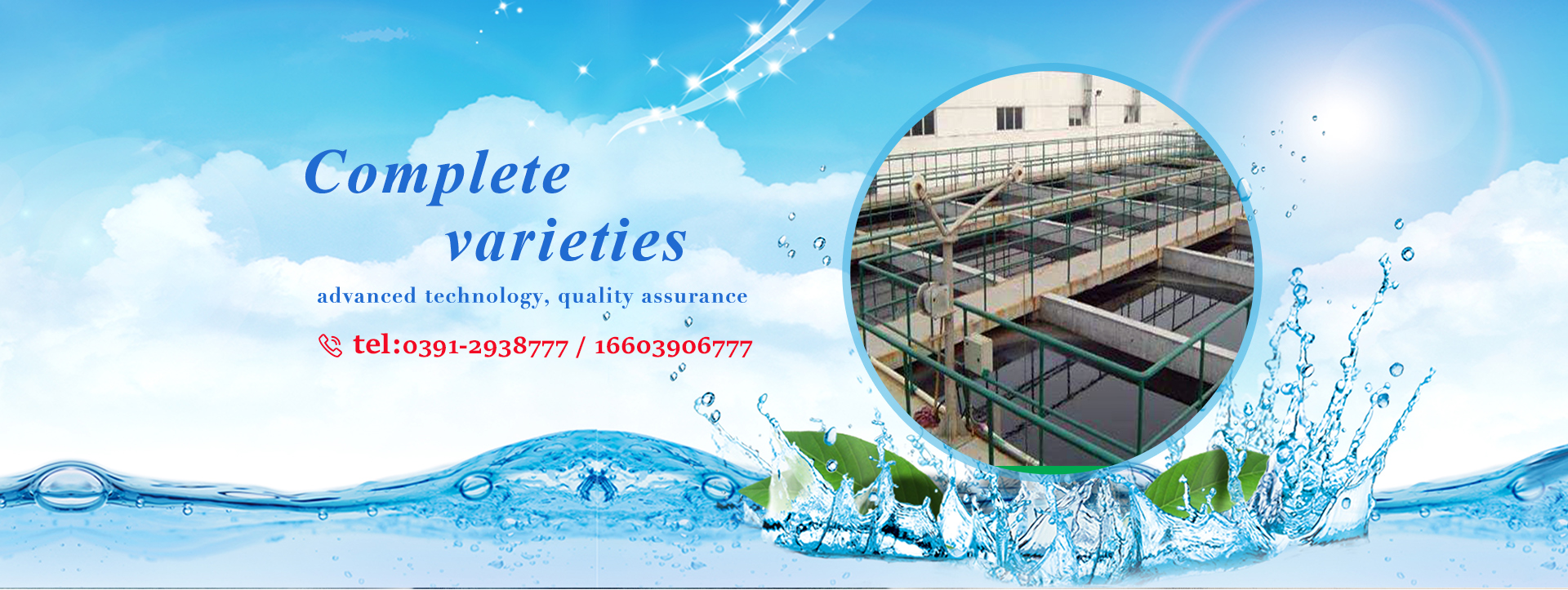Industrial production method of acrylamide
In industrial production, free radical polymerization is used to produce polyacrylamide. There are many types of free radical initiators or initiators. In addition, there are the following industrial production methods of acrylamide:
1. Aqueous solution polymerization method
Acrylamide aqueous solution polymerization method is the main method used in industrial production. The monomer solution in the formula must be purified by ion exchange. The reaction medium water should be deionized water, initiator: the oxidation-reduction initiation system composed of persulfate and sulfite is mostly used to reduce the reaction initiation temperature. In addition, a chain transfer agent needs to be added, and isopropyl alcohol is commonly used.
2. Inverse emulsion polymerization method
Inverse emulsion polymerization reaction temperature is generally 40 oC, 6 h conversion rate can reach 98%. The advantage of this method is that the reaction heat is easy to export, the viscosity of the material system is low, it is easy to operate, and the product can be directly applied without drying. The disadvantage is the use of organic solvents, flammable, effective production capacity is lower than the solution polymerization method.
The above is a detailed introduction to the industrial production method of acrylamide, I hope it will help your work.









